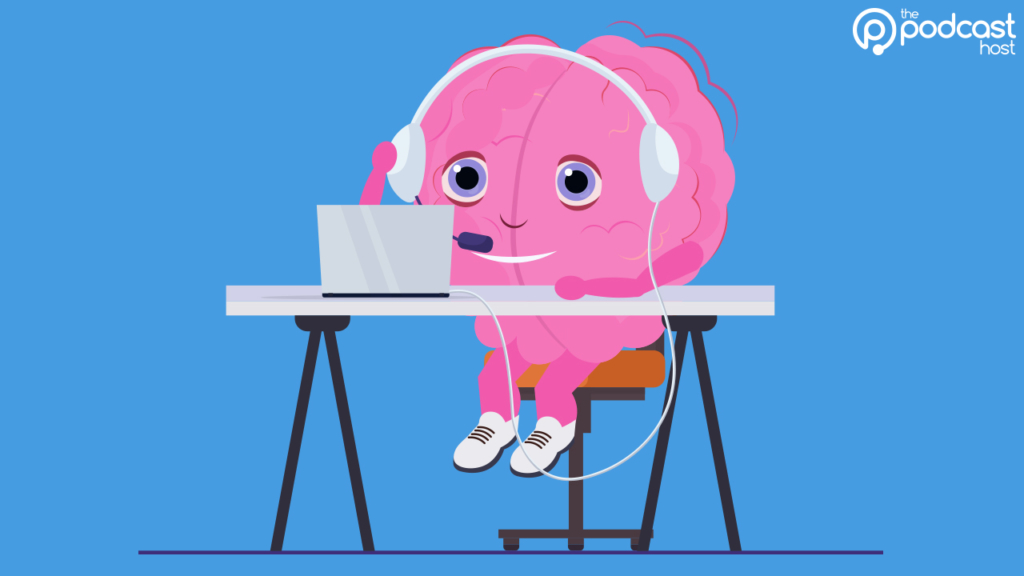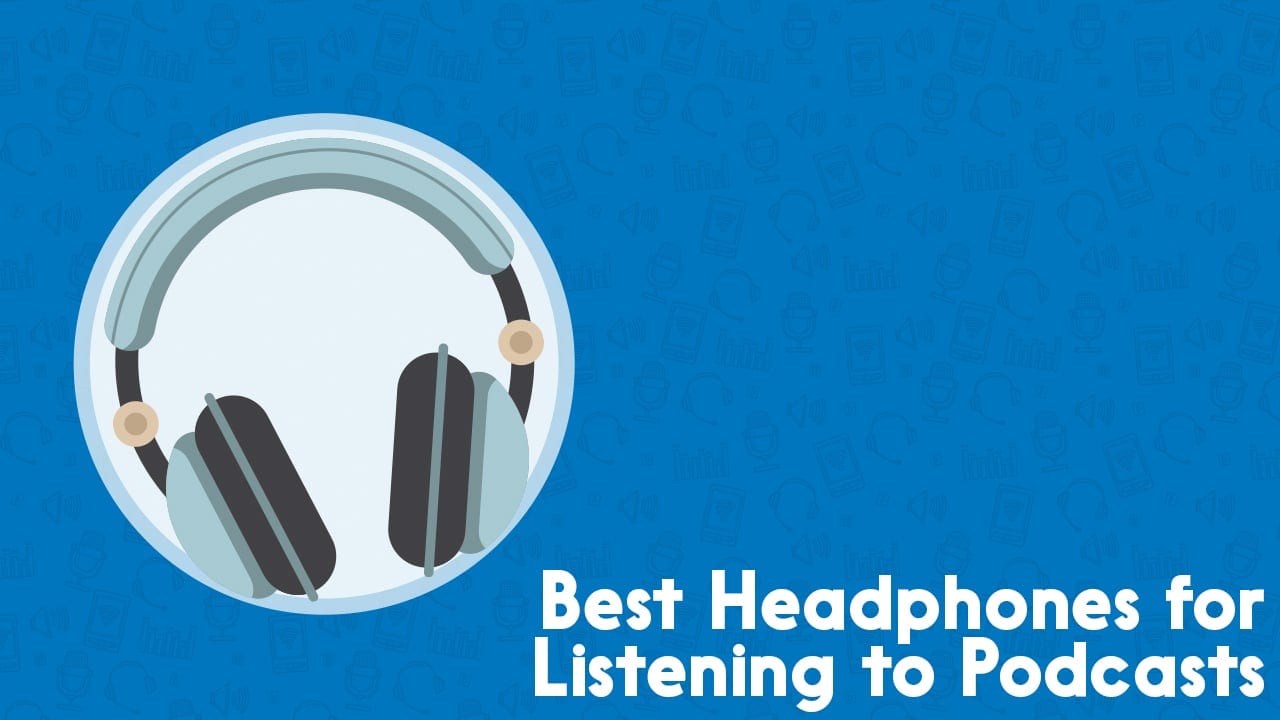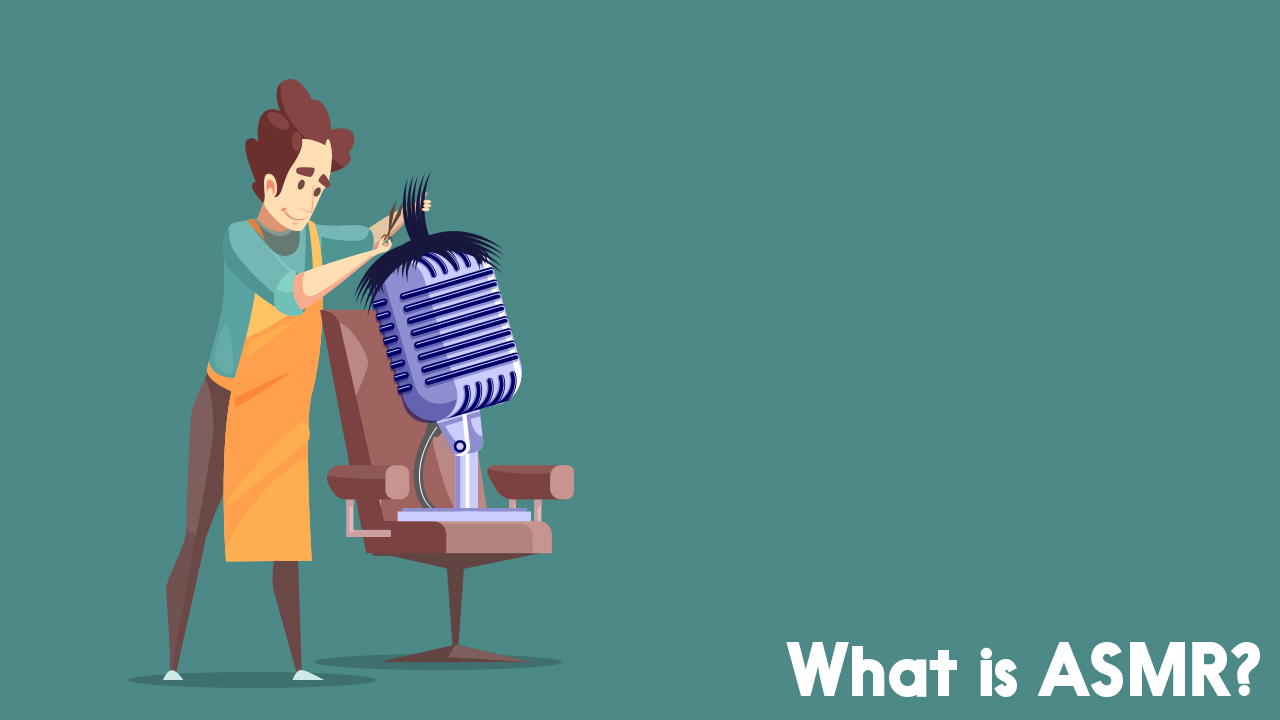What Are Binaural Beats? Can Audio Alter Your Brain State?

Audio can be used in a lot of weird and wonderfully creative ways. Recently, I talked about the phenomenon of ASMR, and how it might boost your concentration or mood. This time around, I’d like to take a look at Binaural Beats. As always though, let’s start at the start. What exactly are Binaural Beats?

What Are Binaural Beats?
Okay, here’s my stab at interpreting it. “Binaural Beats” is a term given to a technique where two different sounds are played into each ear, causing your brain to “create” an imaginary third sound. Binaural Beats might be likened to optical illusions for your ears.
What Do I Mean by “Two Different Sounds”?
It’s not so much about what each sound you’re hearing is – it’s all down to their frequencies. Sound frequency is basically the number of cycles per second in a piece of audio, and this is measured in Hertz, or “Hz”.
Humans are capable of hearing a wide range of frequencies, from 20Hz way up to 20,000Hz. Here’s a quick audio tour through them all. It’ll take you just over 2 minutes.
Our brains respond differently to each sound they hear. In our modern lives, it’s easy to think of ourselves as having evolved to something separate or detached from the world around us. But we’re essentially still just big sacks of liquid and organic matter. Sound profoundly affects us in all sorts of ways, we’re just often unaware of it.
Let’s take the example of someone at a gig (or a particularly good house party). They place their drink down near a loudspeaker or amp, and the liquid vibrates to the point where there’s a regular movement or pattern on its surface. This is also happening, to some extent, to all the liquid inside our own bodies and brains.
So Binaural Beats are simply yet another way in which sounds from our external environment affect what’s going on inside of our bodies.
Where Does a Binaural Beat Come From?
Your brain is clever at attuning to the stimuli around it and attempting to fill in gaps. Did you ever have one of those cartoon flipbooks as a kid? Here, a character might be posed in only two slightly different positions from one page to the next. But, when you flick all of the pages quickly in sequence, it looks like they’re actually running.
Likewise, if you’re hearing two different frequencies of sound played through both ears on a pair of stereo headphones, your brain is going to step in and create the perception of a third frequency between the two that are being played.
But so what, eh? The effect often seems quite subtle when you hear it, and it’s unlikely to get anyone jumping out of their seat in awe. So why does anyone even care about Binaural Beats? The answer lies in our brain waves.
Surfing the Brain Waves
If you think of your brain as a generator or engine, then your brain waves are like the constant hum or vibration of that generator or engine. Its revs will increase or decrease depending on whatever it’s powering – in our brain’s case – the task we’re involved in, or our current state of mind.
More scientifically, brain waves can be described as “oscillating electrical voltages in the brain measuring just a few millionths of a volt”.
The bottom line is that our brain is always humming away in one brain state or another. There are five commonly recognised states – Gamma, Beta, Alpha, Theta, and Delta. Let’s look at examples of these various brain states.
I’m no neurologist (I don’t think I’ve ever had to give that disclaimer before), but here’s my glib and layman’s understanding of each.
Delta: Approx .5 to 3Hz – imagine a slow rhythmic drum beating away as you lie in a deep, dreamless, and restorative sleep.
Theta: Approx 3 to 8Hz – this could be someone drifting off to sleep, or in the midst of deep meditation.
Alpha: Approx 8 to 12Hz – here, we’re calm and at rest, yet still aware of things going on around us. A common brain state when doing yoga.
Beta: Approx 12 to 38Hz – almost like a default brain state. We’re in this one most of our waking lives. It generally means we’re alert and focused.
Gamma: 38Hz & Up – the controversial fifth band member. Gamma is hard to measure because your brain is now firing at lightning speed. Here, you’re said to unlock peak concentration or cognitive performance.
So now the practical role of Binaural Beats becomes clearer. If you’d like to change your brain state, can listening to some audio help you get there? Similar to ASMR, evidence around Binaural Beats is still limited and at an early stage. That said, studies from 2005 and 2010 both found that this technique was shown to reduce anxiety in their participants. But how?

How Can Binaural Beats Change Your Brain State?
Again, layman coming through here. My understanding of it goes like this:
You take one sound frequency of more than 30Hz, but less than 1000Hz, and you play it through one ear. Then, you take another frequency of more than 30Hz, but less than 1000Hz, and play it through the other.
It’s the difference between the two that creates the third sound frequency (the Binaural Beat) in your brain. So, for example, let’s say I want to access me a bit of Gamma so I can write this article and sound at least semi-coherent. In this case, give me 100Hz in one ear, 140Hz in the other, and that’ll result in 40Hz.
Or, later on, I read the comments which tell me I’m an idiot writing about stuff that’s way above my pay grade. Some Theta could help calm me down, so I’ll opt for 131Hz paired with 137Hz to give me 6Hz.
Easy peasy? In theory, yes. It almost goes without saying, though, that Binaural Beats alone aren’t going to get you to your desired state of mind. If I’m sitting in an ice bath with my headphones on trying to induce Delta waves, then I’m probably going to die of hypothermia before that happens.
Likewise, want to use Binaural Beats to cure your insomnia? The starting point is most likely not to be scrolling through Twitter at 11 pm whilst Netflix plays in the background on that giant blue light-emitting TV in your bedroom.
With anything like this, Binaural Beats is going to be part of a stacking effect rather than a silver bullet solution.
Where Can I Get Binaural Beats?
There’s a guy in a grubby raincoat selling bags of them round the back of the Off-License. But if you don’t like dealing with him, then you’ll find them freely available online.
There are two great Binaural Beats playlists on Spotify, one designed for relaxation and meditation, the other, for concentration and focus. Apple Music has loads of albums of binaural beats, for alertness, rest, and more. YouTube is a treasure trove for them too.
Remember, you just need to get yourself a decent pair of over-ear headphones to listen to them.
The main caution I’ve found aimed at those planning to use Binaural Beats is simply to be diligent towards volume levels. Nuking your eardrums with the volume up to 11 is a surefire way to lose your hearing. Binaural Beats might not be as obviously loud as most music, but, like the sun behind the clouds, it’s still having an active impact on you.
Summary: Should I Use Binaural Beats?
The only way to truly answer that is to try them out for yourself and see what you make of them.
If you’re someone who works at a computer, then you could give some of the Gamma-inducing tracks a shot. At the very least, it’ll help block out distracting background noise and help you to concentrate that way.
You might also have a meditation or breathing practice that you regularly do. If so, why not soundtrack that with Binaural Beats in the Alpha, Theta, or Delta range?
In closing, Binaural Beats is just another one of the countless creative and unique ways to deploy audio in our lives. Be sure to join me again next time, where I’ll be doing a deep dive into the neuropsychology of laughing at fart noises.


